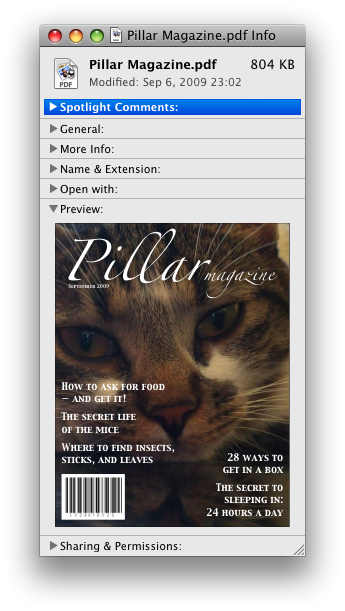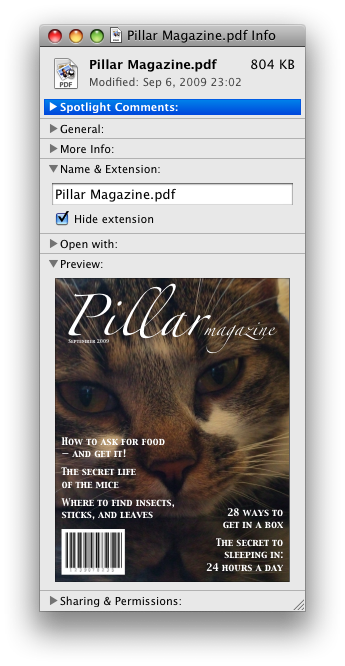jump
details elementsummary element followed by flow content.open
interface HTMLDetailsElement : HTMLElement {
attribute boolean open;
};
The details element represents a disclosure widget from which the user can obtain additional information or controls.
The details element is not appropriate for footnotes. Please see the section on footnotes for details on how to mark up footnotes.
The summary element child of the element, if any, represents the summary or legend of the details.
The open content attribute is a boolean attribute. If present, it indicates that the details are to be shown to the user. If the attribute is absent, the details are not to be shown.
The open IDL attribute must reflect the open content attribute.
The following example shows the details element being used to hide technical details in a progress report.
<section class="progress window"> <h1>Copying "Really Achieving Your Childhood Dreams"</h1> <details> <summary>Copying... <progress max="375505392" value="97543282"></progress> 25%</summary> <dl> <dt>Transfer rate:</dt> <dd>452KB/s</dd> <dt>Local filename:</dt> <dd>/home/rpausch/raycd.m4v</dd> <dt>Remote filename:</dt> <dd>/var/www/lectures/raycd.m4v</dd> <dt>Duration:</dt> <dd>01:16:27</dd> <dt>Color profile:</dt> <dd>SD (6-1-6)</dd> <dt>Dimensions:</dt> <dd>320×240</dd> </dl> </details> </section>
The following shows how a details element can be used to hide some controls by default:
<details> <summary><label for=fn>Name & Extension:</label></summary> <p><input type=text id=fn name=fn value="Pillar Magazine.pdf"> <p><label><input type=checkbox name=ext checked> Hide extension</label> </details>
One could use this in conjunction with other details in a list to allow the user to collapse a set of fields down to a small set of headings, with the ability to open each one.


In these examples, the summary really just summarises what the controls can change, and not the actual values, which is less than ideal.